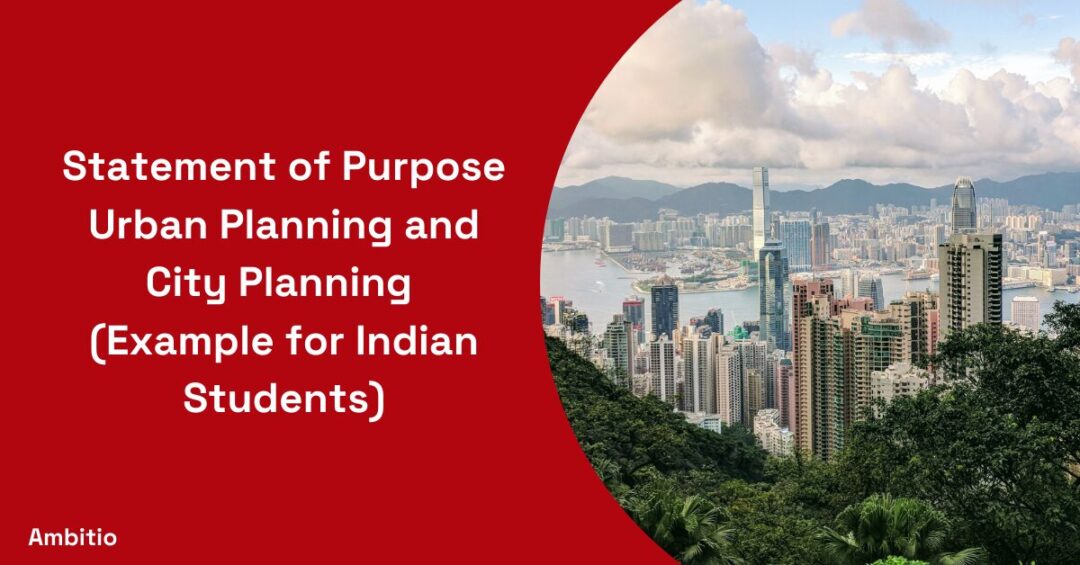2 May 2025
4 minutes read
How to Write a Statement of Purpose for Masters in Liberal Arts Admission for Indian Students?
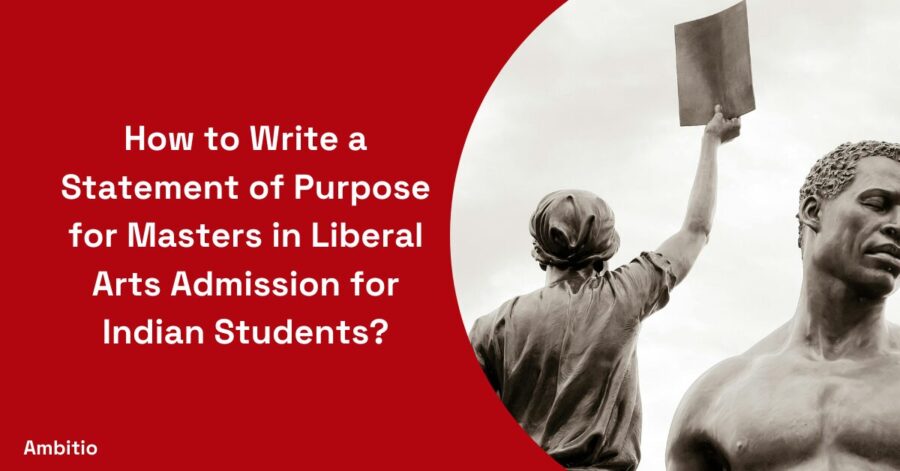
Key Takeaways
- Statement of purpose for masters in liberal arts should reflect your interdisciplinary curiosity, critical thinking, and passion for cultural or social inquiry.
- Statement of purpose for masters in liberal arts must connect academic experiences with broader intellectual or creative goals rooted in liberal education.
- Statement of purpose for masters in liberal arts benefits from personal narratives that align your past studies with the program’s holistic academic vision.
A statement of purpose is more than another formality of an application. It is your voice, your vision, and your vehicle to become distinctive among thousands of applications each year to bachelors programs.
For a master’s in liberal arts, this report is even more important since it represents your enthusiasm, professional and academic aspirations, and knowledge of the interdisciplinary focus of the discipline. Your personal statement is what the acceptance committee relies on to assess your readiness for studies, motivation, and suitability for the program.
What is the Scope of Study Abroad Liberal Arts Education and Humanities?
Arts involve a wide variety of subjects. It encompasses social sciences, science, and humanity, providing a multidisciplinary approach that exposes students to larger vistas. Political science to literature, and from sociology to philosophy, humanities courses promote analysis and individual development.
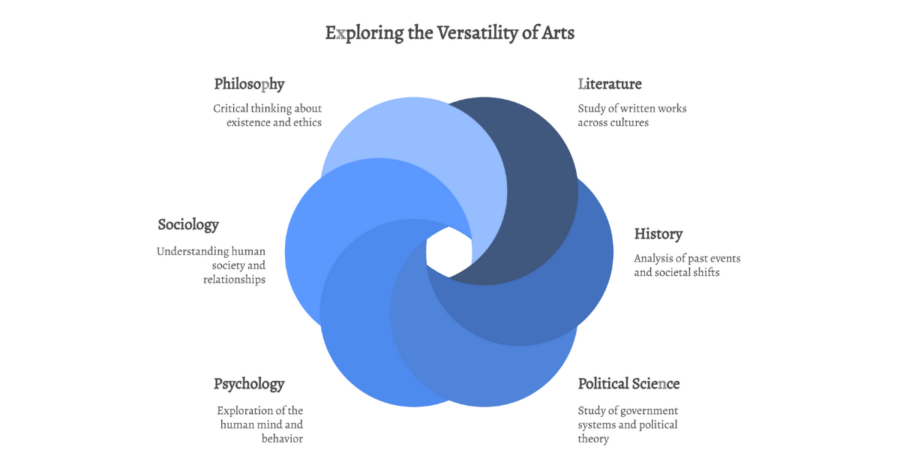
A quick overview of some popular majors under the domain is as follows:
| Area of Study | Description |
|---|---|
| Literature | Study of written works across cultures |
| History | Analysis of past events and societal shifts |
| Political Science | Study of government systems and political theory |
| Psychology | Exploration of the human mind and behavior |
| Sociology | Understanding human society and relationships |
| Philosophy | Critical thinking about existence and ethics |
Such diversity makes humanity studies extremely versatile, allowing you to work on artistic and intellectual pursuits simultaneously.
What to Include in Your Statement of Purpose and Personal Statement for Liberal Arts Admission?
An SOP to gauge your candidacy needs to be complete but brief. Consider it as your academic and professional trailer. The idea is to convey your objectives and how a humanities degree from the desired university will enable you to reach them.
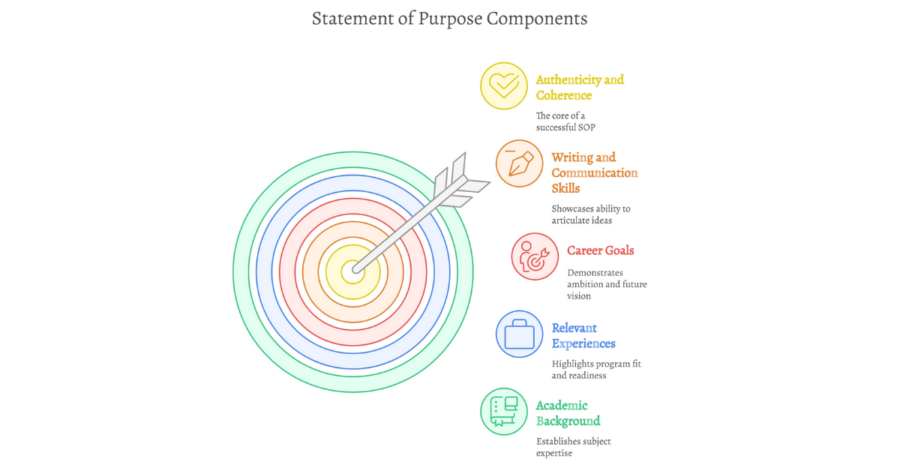
Before you start writing, ask yourself:
- What is your academic and personal background?
- What motivated you to pursue a master’s program in liberal studies?
- How do you plan to contribute to the program?
- What makes the institution a good fit for your goals?
1. Introduction
Use an anecdote or an interesting fact to hook the reader. Mention your area of study and motivation for wanting to go to graduate school.
2. Academic Background
Discuss your B.A or undergraduate major, performance, and relevant coursework. Include your official transcripts, GPA, and standardized tests like GRE, SAT, ACT, GMAT, IELTS, or TOEFL, if applicable.
3. Professional or Extracurricular Experience
Highlight internships, jobs, or extracurricular activities that complement your academic life. Participation in clubs, writing for college journals, or involvement in creative work all count.
4. Why This Program?
Mention how the curriculum, faculty members, and institutional ethos align with your goals. Specify what the program offers that others don’t.
5. Career Goals
Explain how the liberal arts degree will prepare you for your future. Whether you plan to work, teach, or apply for doctoral studies, mention your ambition.
6. Conclusion
Summarize your story, restate your fit for the program, and express enthusiasm to be part of the graduate school.
Fun Facts About Liberal Arts Degree
Keeping things light yet informative helps. Did you know?
- The term “liberal” comes from the Latin word liber, meaning “free.”
- The humanities tradition dates back to Ancient Greece.
- Steve Jobs credited his success at Apple to a liberal arts education blended with technology.
These nuggets reflect how humanities are not just academic but societal powerhouses.
Admission Requirements Checklist and What to Do Before You Apply to Universities?
Before you apply, make sure you have everything ready. Different institutions may have slight variations in their acceptance requirements, but most require:
- Statement of purpose / Personal statement
- Letter of recommendation (usually 2-3)
- Official transcripts from all previous institutions
- Proof of English proficiency (IELTS, TOEFL)
- Standardized test scores (GRE, GMAT, etc., if required)
- Resume or CV
- Application fee
- Scholarship essays (if applying for funding)
Essay Writing Tips to Excel Your Graduate Admission Process
To make your SOP stand out:
- Write with clarity and sincerity
- Avoid cliches like “since childhood”
- Keep your tone formal yet engaging
- Use active voice
- Edit ruthlessly
Use this table to avoid common pitfalls:
| Mistake | Fix It With |
| Vague Goals | Specific, measurable plans |
| Repeating the CV | Narrate experiences, don’t list |
| Too much fluff | Concrete examples and insights |
| Ignoring the program | Demonstrate understanding of curriculum |
Conclusion
Your SOP can be the key that unlocks doors to your dream graduate program in humanities. It is not merely a formal essay; it is your opportunity to shine, to demonstrate your passion for humanity, science, and creative work. So write thoughtfully, revise wisely, and submit before the deadline. The education system abroad values authenticity and clarity, and so should you.
Whether you want to study abroad or stay local, a master’s in humanities offers a path to a future that is interdisciplinary, reflective, and deeply rewarding—both academically and personally.
Do you want to excel in your study abroad journey? Choose Ambitio and make your dreams come true!
FAQs
What should a statement of purpose for masters in liberal arts include?
A statement of purpose for masters in liberal arts should include your academic interests, interdisciplinary experiences, and future goals that reflect liberal arts values.
Why is the statement of purpose for masters in liberal arts important?
The statement of purpose for masters in liberal arts helps admissions committees understand your intellectual journey and why you’re pursuing liberal arts at the graduate level.
How long should a statement of purpose for masters in liberal arts be?
A statement of purpose for masters in liberal arts typically ranges from 500 to 1,000 words, depending on the university’s application guidelines.
Can a sample statement of purpose for masters in liberal arts be reused?
While a sample statement of purpose for masters in liberal arts can serve as a template, your own statement of purpose for masters in liberal arts should be original and personalized.
Should I include my extracurricular activities in the statement of purpose for masters in liberal arts?
Yes, relevant extracurriculars can enhance your statement of purpose for masters in liberal arts by showing broader interests and a well-rounded academic profile.
Can the statement of purpose for masters in liberal arts address non-traditional academic backgrounds?
Absolutely. A statement of purpose for masters in liberal arts is ideal for explaining diverse academic paths and how they align with an interdisciplinary program.
Is work experience relevant to a statement of purpose for masters in liberal arts?
Yes, including work experience in your statement of purpose for masters in liberal arts can demonstrate maturity, perspective, and real-world application of liberal arts education.
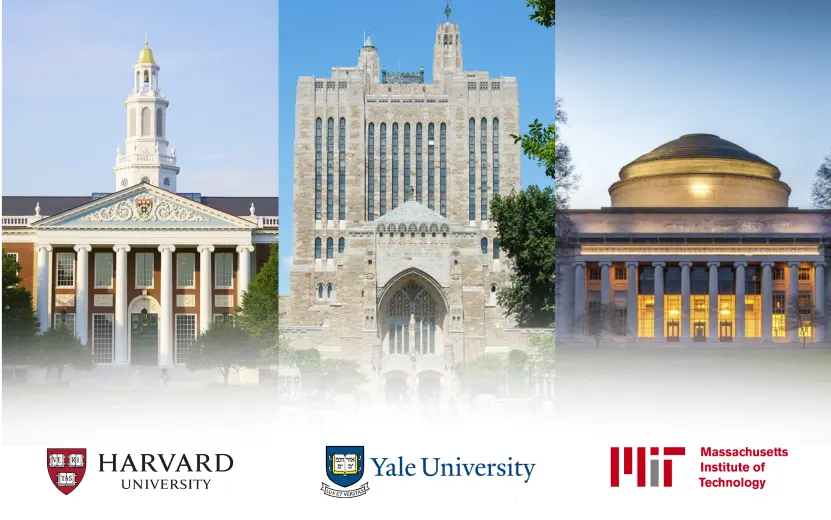
You can study at top universities worldwide!
Get expert tips and tricks to get into top universities with a free expert session.
Book Your Free 30-Minute Session Now! Book a call now
















